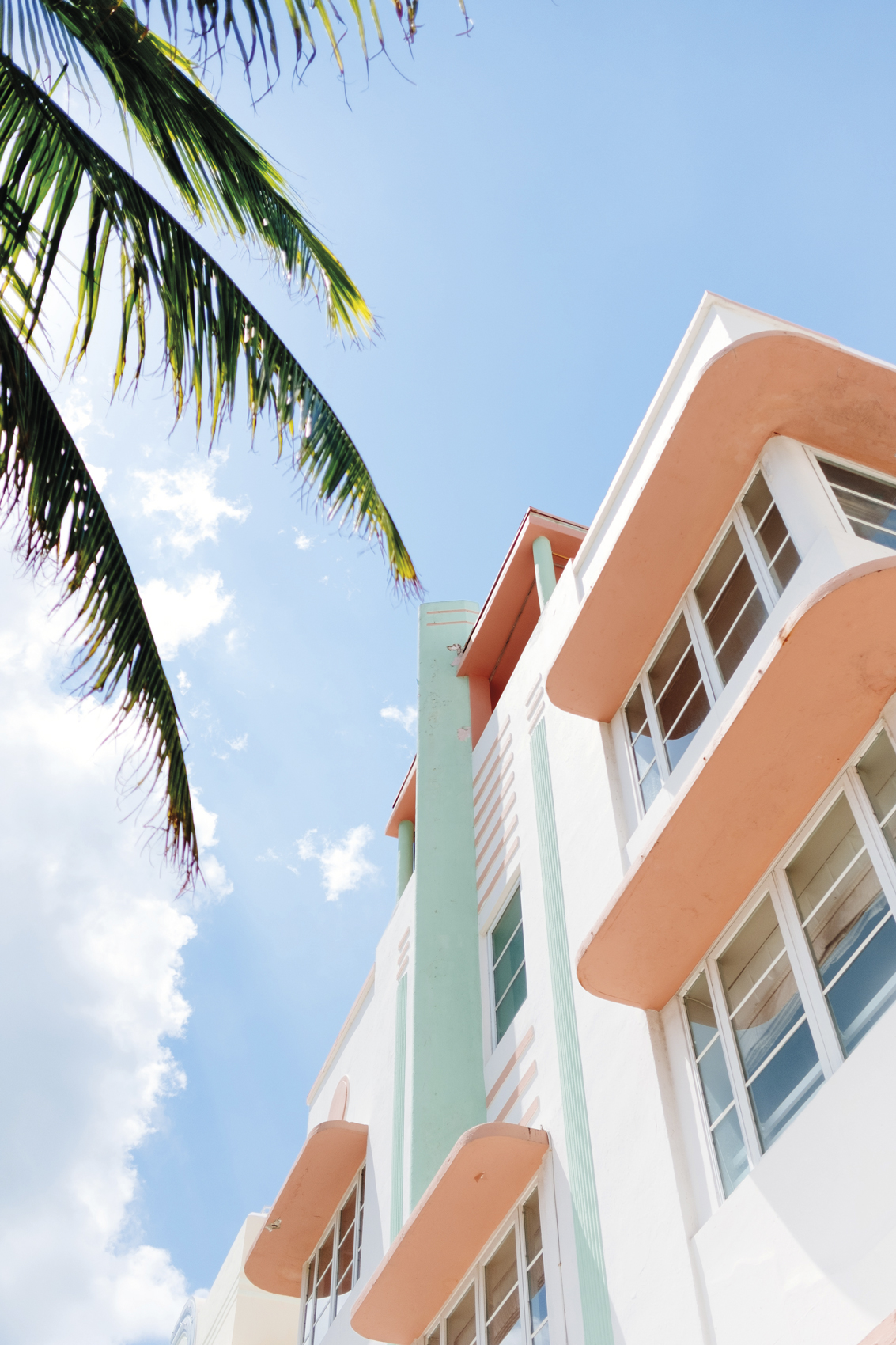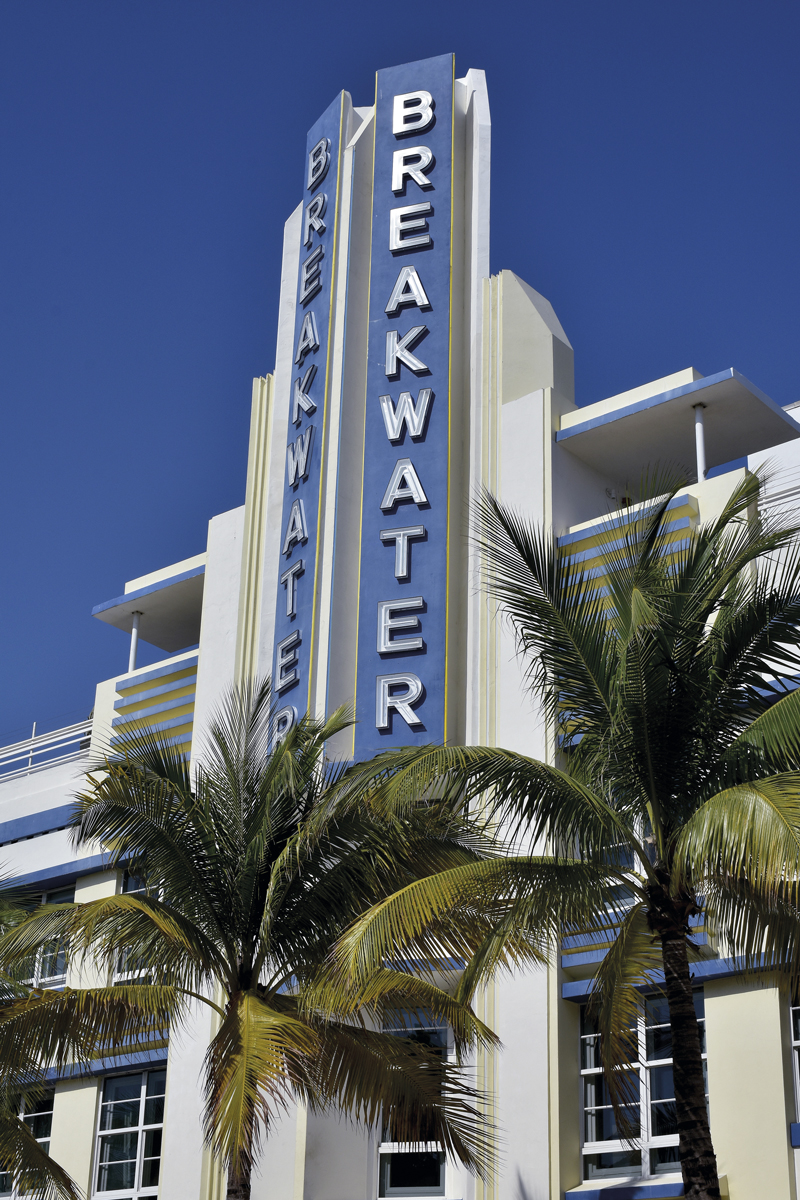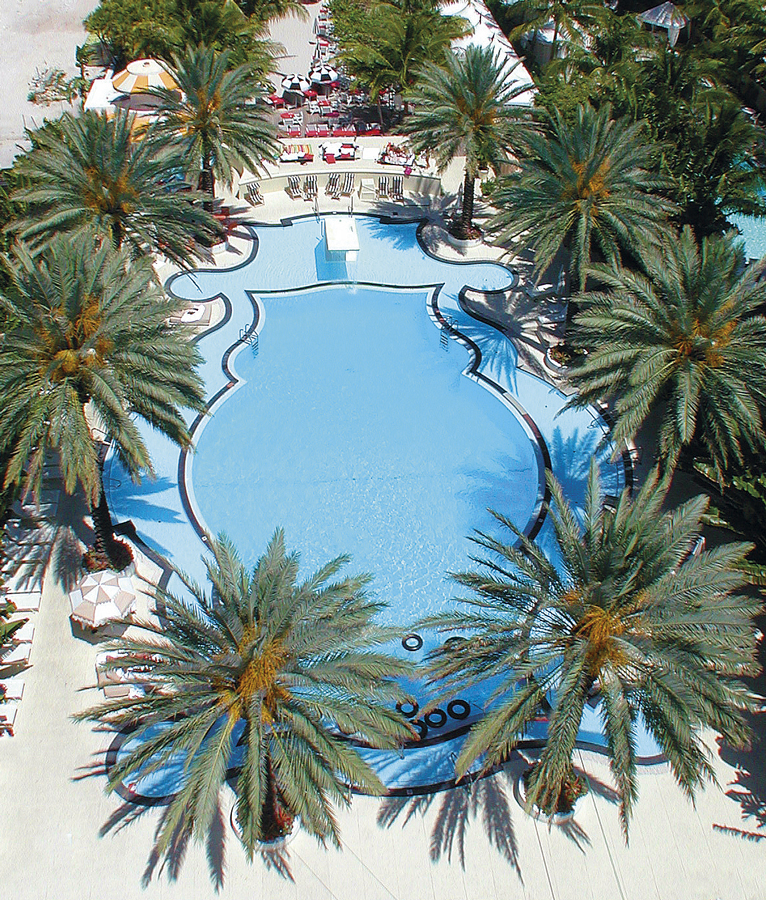If Summer were an Architectural Style
By Laura Martínez
Photos: Phillip Pessar / Amaury Laporte / Lazy Llama / Carsten Tilbach / Sergio Santos
When thinking about the Art Deco concept, a whole potpurri of ideas come to mind: geometric curves, neon lights, a Lana de Rey song, pastel colours, Leonardo Di Caprio wearing a tuxedo in The Great Gatsby, winking while he raises his Martini, and of course, Miami. If you thought of these things then you’re on the right track; Art Deco is all this and more. It’s pure eclecticism.

This architectural movement, which could well be a modern version of neoclassicism, had its heyday in the 1920s and 1930s, between the two World Wars. Its greatest expression is in Miami’s Art Deco Historic District – which is also the first 20th century neighbourhood to be listed in the National Register of Historic Places and protected by the Miami Design Preservation League – comprising a whopping 800 buildings and structures built between 1923 and 1943.
The largest concentration of Art Deco buildings in the world stretches along Ocean Drive and Washington Avenue to Collins Street. A magnetism that is built on evocative hotel names (Marlin, Leslie, Colony, Raleigh…) with sleek, minimalist typography clad in neon and vibrant colours, inviting you to imagine endless nights, dancing the Charleston and smoking with a Widmann cigarette holder, wielded by stylish women with a pistol hidden in their stockings.

One of the most emblematic is the Park Central Hotel (640 Ocean Drive) by New York architect Henry Hohauser, who is also the architect behind many establishments in the so-called Magic City: Colony Hotel (736 Ocean Drive), The Cardozo (1300 Ocean Drive) and The Governor (21 Street).

But Art Deco was not born in South Beach (the Americans appropriated the idea and made it their own, like always), it is a monumentality borrowed from Ancient Egypt, the fractioned forms of Cubism, the geometrisation of Bauhaus, the electric lighting of Futurism, the colours of Fauvism – that provocative use of colour whose precursor was Henri Matisse – and voilà! These all coexist in harmony.
Art Deco is hedonistic, bourgeois, almost purely decorative. An ideal escape route for jazz and cocaine parties in the midst of the post-war period. The perfect counterpoint to the forced austerity after the First World War and the decadence after the Second. It is the artistic result of an era of great technological, political and social change, and that is why it is an almost incomprehensible mixture of elements that make this architectural style one of the most
recognisable and attractive in existence.

This hard-to-define amalgamation brought together the complete spectrum of the arts: decorative, graphic, architecture, jewellery, sculpture, industrial design, painting, cinema… in a maelstrom of shapes and colours that encompasses everything from gigantic skyscrapers to small objects, including such recognisable objects as the Academy Award (Oscars) statuette to the robot in Fritz Lang’s classic film, Metropolis (1927). It left his mark on everything that could be called aesthetic, influencing the culture of its time and proposing revolutionary new stylistic directions.

At Concept we like all that is out of the norm, and that is why Art Deco is the reference point that has inspired our hotels: Tropicana’s nods to MiMo (Miami Modern). Paradiso’s pastel pink colours and geometric shapes, Cubanito’s colourful façade. Art Deco encompasses art and detail like no other, and has once again been chosen, in its most classic and elegant version, for our new project: Grand Paradiso, a revolutionary breath of fresh air where summer never ends.
